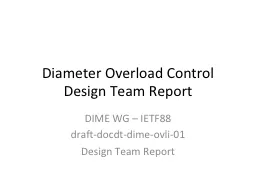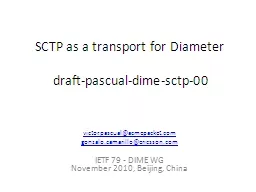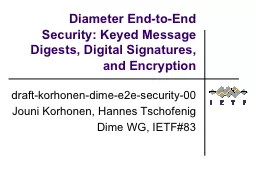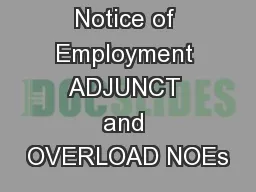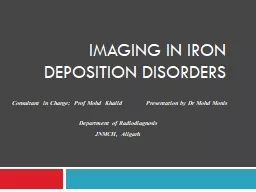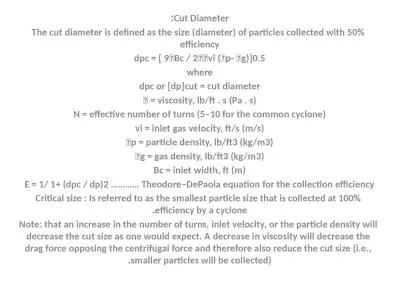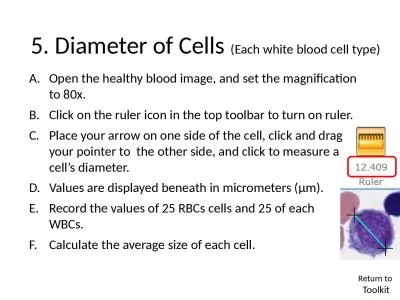PPT-Diameter Overload Control Design Team Report
Author : karlyn-bohler | Published Date : 2015-11-30
DIME WG IETF88 draftdocdtdimeovli01 Design Team Report Background A design team formed after IETF87 to work on the Diameter Overload Control solution proposal Jouni
Presentation Embed Code
Download Presentation
Download Presentation The PPT/PDF document "Diameter Overload Control Design Team Re..." is the property of its rightful owner. Permission is granted to download and print the materials on this website for personal, non-commercial use only, and to display it on your personal computer provided you do not modify the materials and that you retain all copyright notices contained in the materials. By downloading content from our website, you accept the terms of this agreement.
Diameter Overload Control Design Team Report: Transcript
Download Rules Of Document
"Diameter Overload Control Design Team Report"The content belongs to its owner. You may download and print it for personal use, without modification, and keep all copyright notices. By downloading, you agree to these terms.
Related Documents

